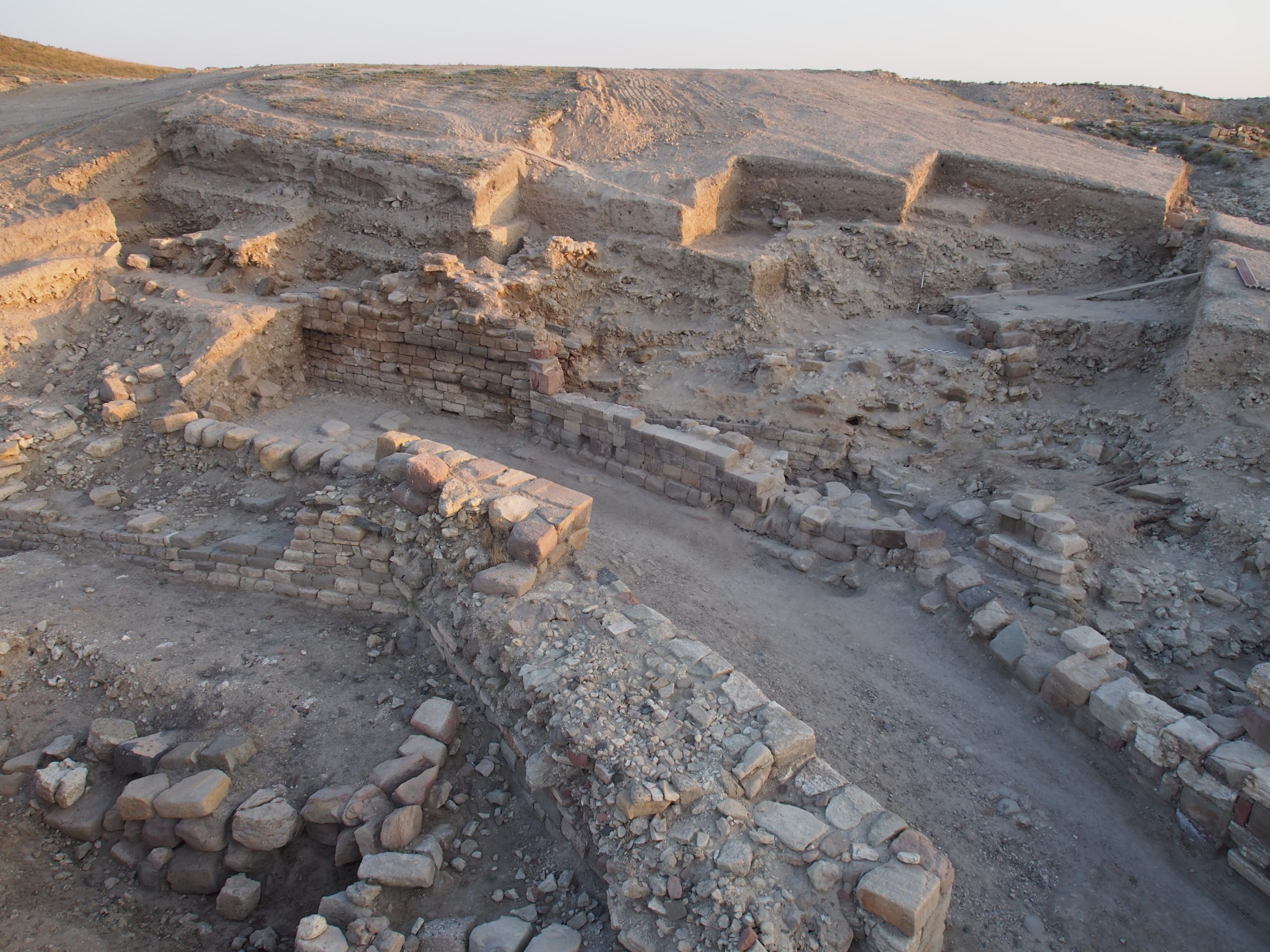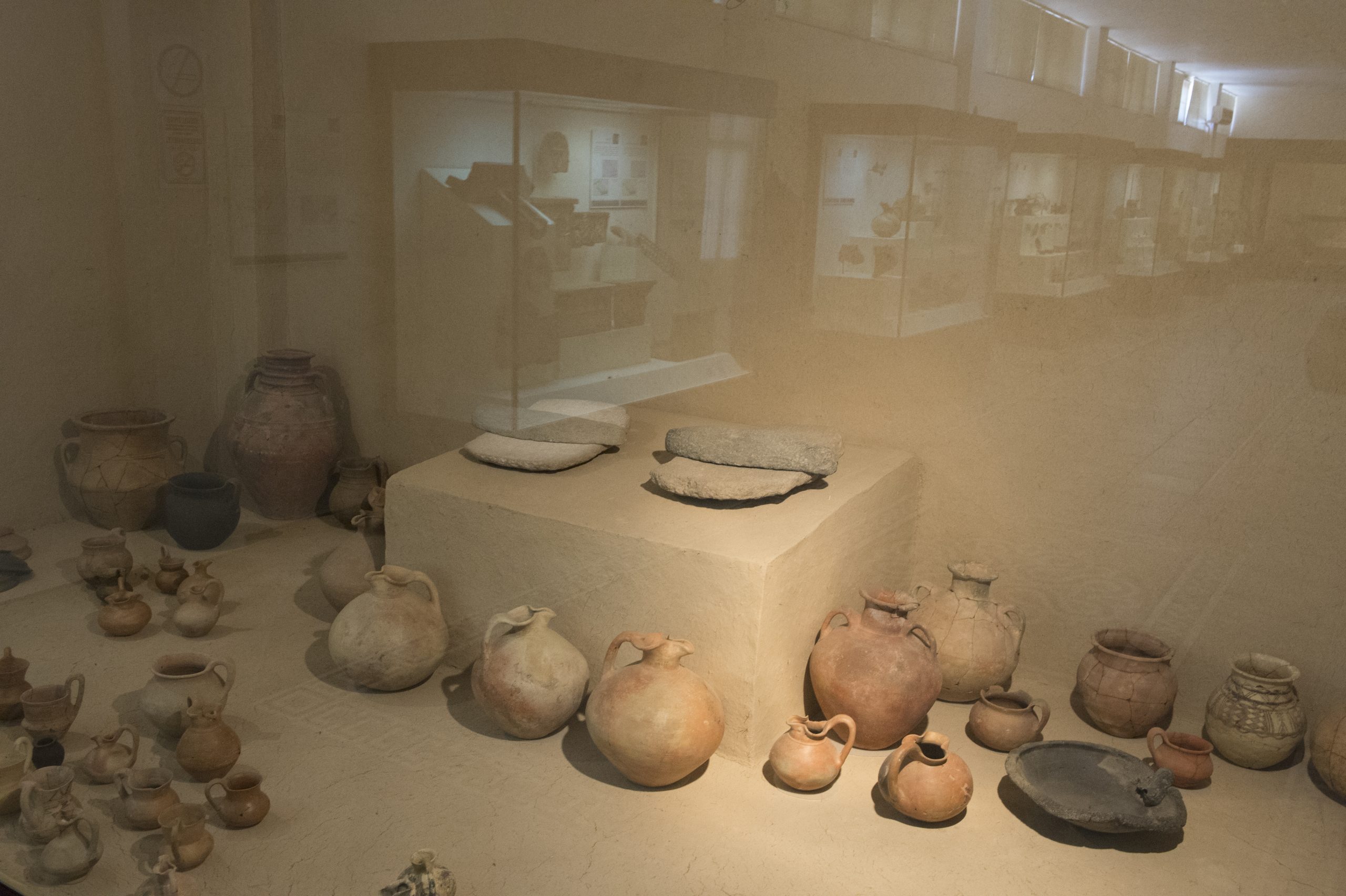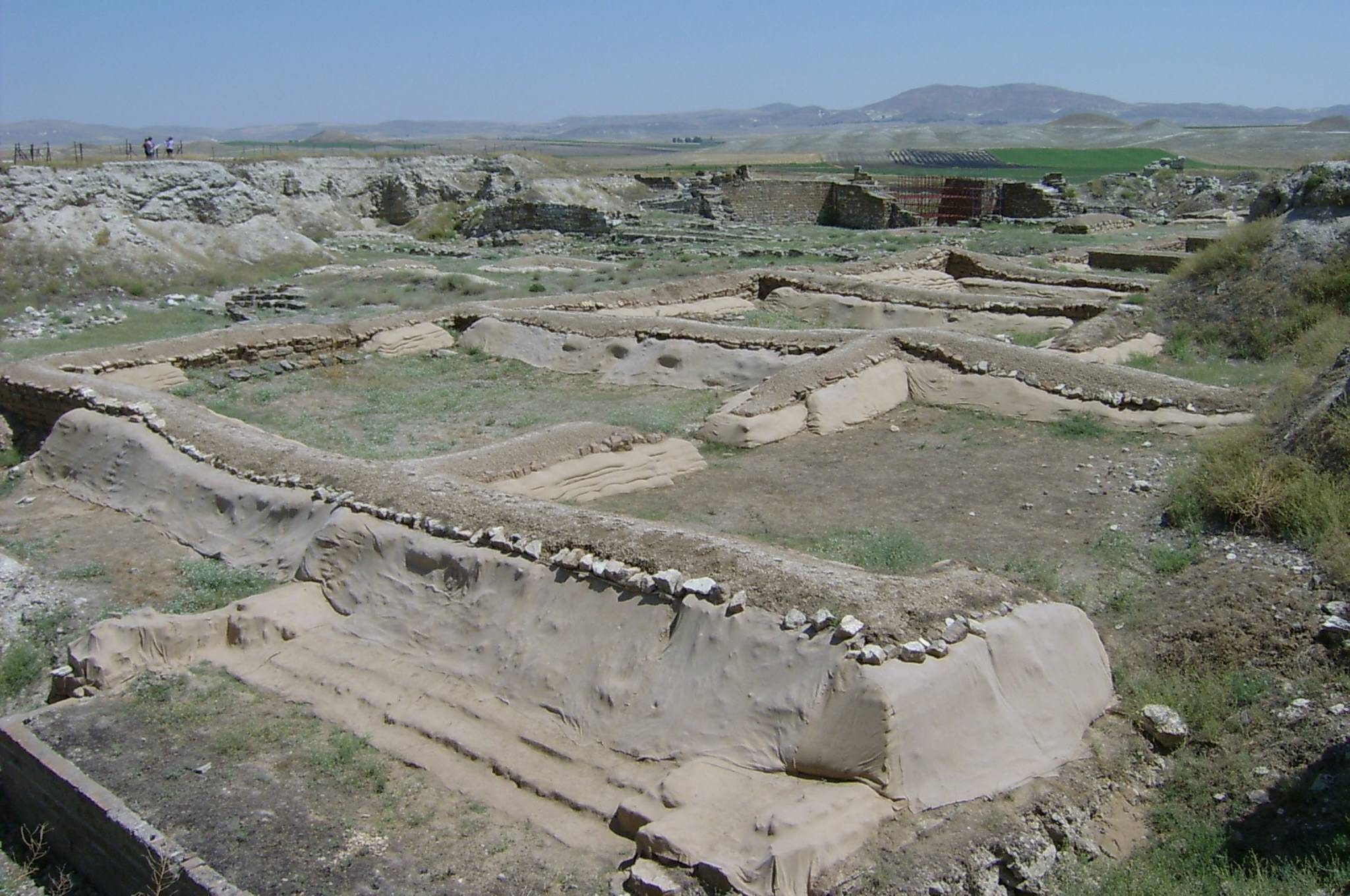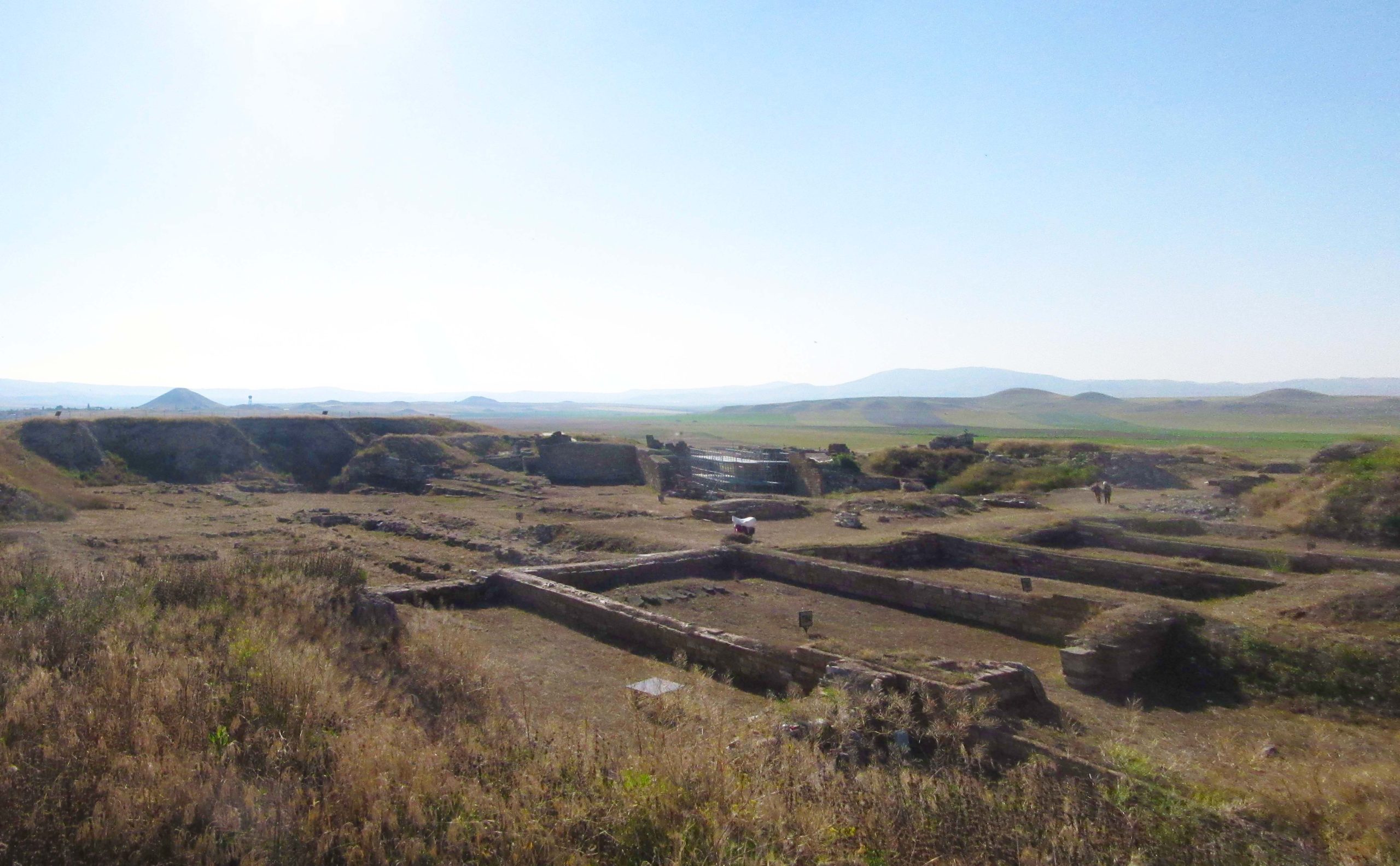Gordion: The Heart of Phrygian Civilization
Gordion, the ancient capital of Phrygia, stands as a testament to the rich history and cultural significance of this ancient civilization. Located at the modern site of Yassıhüyük, approximately 70-80 km southwest of Ankara, Turkey, Gordion’s strategic position at the confluence of the Sakarya and Porsuk rivers afforded it control over fertile lands and a pivotal role in the trade routes between Lydia and Assyria/Babylonia.
Get your dose of History via Email
The Historical Significance of Gordion
Occupation at Gordion is attested from the Early Bronze Age, around 2300 BCE, continuously until the 4th century CE, with a reoccupation in the 13th and 14th centuries CE. The site encompasses the Citadel Mound, which is about 13.5 hectares in size, with habitation at its peak extending beyond to an area approximately 100 hectares in size. This makes Gordion not only the type site of Phrygian civilization but also a key archaeological site for understanding the Iron Age in the region.
In 2023, Gordion was recognized for its historical and cultural significance with its listing as a UNESCO World Heritage Site. This designation underscores the global importance of Gordion’s archaeological heritage and its contributions to our understanding of ancient civilizations.

The Phases of Gordion’s Occupation
Gordion’s long history is divided into several periods, from the Early Bronze Age through to the Modern period. Each period reflects significant changes in the site’s architecture, ceramics, and socio-political structure. The Early Phrygian period, in particular, is marked by monumental construction projects on the citadel, including the construction of Tumulus W around 850 BCE, the first known example of a tumulus burial in Anatolia.
The Middle Phrygian period saw Gordion grow into the capital of a kingdom that controlled much of Asia Minor west of the river Halys. This period was characterized by extensive construction, including the rebuilding of the citadel and expansion of the city’s fortifications.
King Midas and the Phrygian Legacy
King Midas is perhaps the most famous figure associated with Gordion. Reigning during the Middle Phrygian period, Midas is known from both Assyrian sources and Greek historiography. His reign saw the construction of Tumulus MM, believed to be the burial mound of his father, Gordias. This tumulus, excavated in 1957, revealed a wealth of artifacts that provide insight into the funerary practices and material culture of Phrygian society.

The Gordian Knot
One of the most enduring legends associated with Gordion is that of the Gordian Knot. According to tradition, Alexander the Great, in 333 BCE, either cut or untied this intricate knot, which was said to join the yoke to the pole of a Phrygian wagon. This act was prophesied to herald the rise of the ruler of Asia, linking the site of Gordion directly to the narrative of Alexander’s conquests.
Archaeological Research and Conservation Efforts
Gordion has been the focus of extensive archaeological research, beginning with the excavations by Gustav Körte and Alfred Körte in 1900, and continuing under the auspices of the University of Pennsylvania Museum of Archaeology and Anthropology. Recent excavations have focused on the southern fortifications of the site, revealing new insights into the city’s defensive structures.
Conservation efforts, particularly since 2009, have aimed at preserving the Terrace Building Complex and the East Citadel Gate. These efforts ensure that Gordion’s architectural heritage is preserved for future generations, allowing continued study and appreciation of this ancient site.

Conclusion
Gordion serves as a crucial link to the past, offering invaluable insights into the Phrygian civilization and its interactions with neighboring cultures. Its rich archaeological record, from monumental tumuli to intricate ceramics, provides a window into the life and times of its inhabitants. As a UNESCO World Heritage Site, Gordion continues to captivate scholars and visitors alike, embodying the legacy of ancient Phrygia in the modern world.

